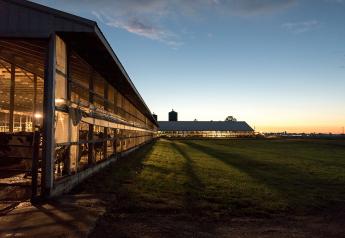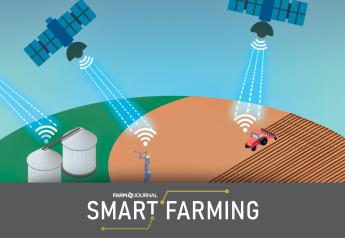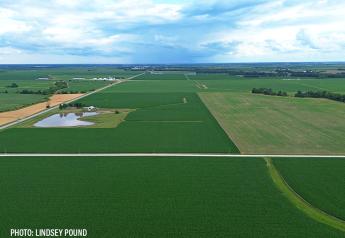Analyst: USDA Waiting for Corn Shipments to China
Ted Feb WASDE.
USDA dropped corn ending stocks by 50 million bushels in Tuesday’s World Agricultural Supply and Demand Estimate (WASDE), reflecting an equal increase in corn exports to China. The market was expecting a shift in the 100-to-200-million-bushel range, which resulted in a 7¢ drop in the March corn contract.
“The trade really wanted to see USDA get more aggressive on increasing corn export demand, especially after all the sales we had seen to China about two weeks ago,” notes Ted Seifried of Zaner Ag Hedge.
Look for USDA to remain cautious with China export numbers, according to Seifried, as he says the agency is waiting to see corn shipments before adjusting the export and ending stocks numbers much further.
“While sales for corn have really gotten great, especially those big, massive sales to China, the question has to be can we actually physically ship that amount of corn between now and the end of the marketing year?” Seifried asks. “I think what we saw today on this USDA report was a reflection of USDA wondering the same thing. I think what they're going to want to see is multiple weeks of sustained, really aggressive and strong export shipments for corn before they can say we're comfortably raising the export projections going forward.”
USDA pegged soybean stocks at 120 million bushels, the tightest supply in several years. That means there likely won’t be a whole lot of action in the soybean market, according to AgriTalk Radio’s Chip Flory.
“When you get supplies as tight as they are in the U.S. right now, if an end user is going to get more supply going forward, they're going to have to buy it from another end user. They're probably not going to get it from farmers, there's just not that many beans left to move to market,” Flory says. “What that means is we're moving supplies around among end users. Once an importing country starts bidding beans away from a U.S. crusher, then we can anticipate some more fuel in this market.”
Seifried sees the WASDE number for soybeans driving price rationing.
“When the dust settles, we'll be looking at this soybean number saying, ‘hey, this not only justifies everything we've done to this point, but we get we have to watch exports very, very closely because, for the most part, we need to shut them down.’ We need to price ration soybeans. We have not been successful in doing that just yet,” he says.
And while prices retreated following the report, Flory points out nearby corn remains above $5.50 and soybeans just above $14. Those prices will continue to draw new acres into production in 2021, according to Farm Bureau Chief Economist John Newton.
“I certainly think we're going to likely see more corn and soybean acres in 2021,” Newton says. “The thing to pay attention to is that we had nearly 10 million acres of prevent plant in 2020, so we could see some of those acres, if the weather is favorable and provides enough time for folks to get out in the fields, come back online.”







